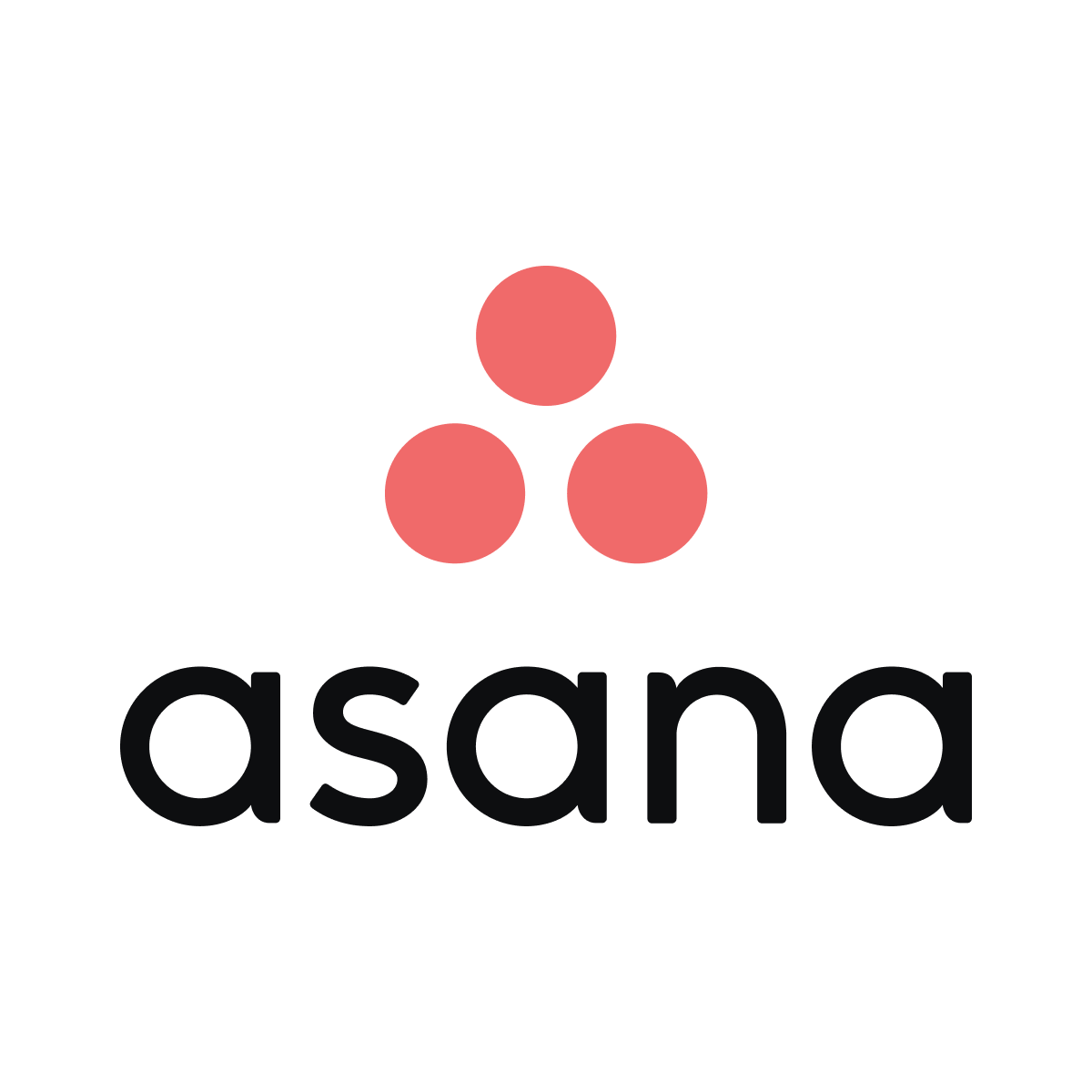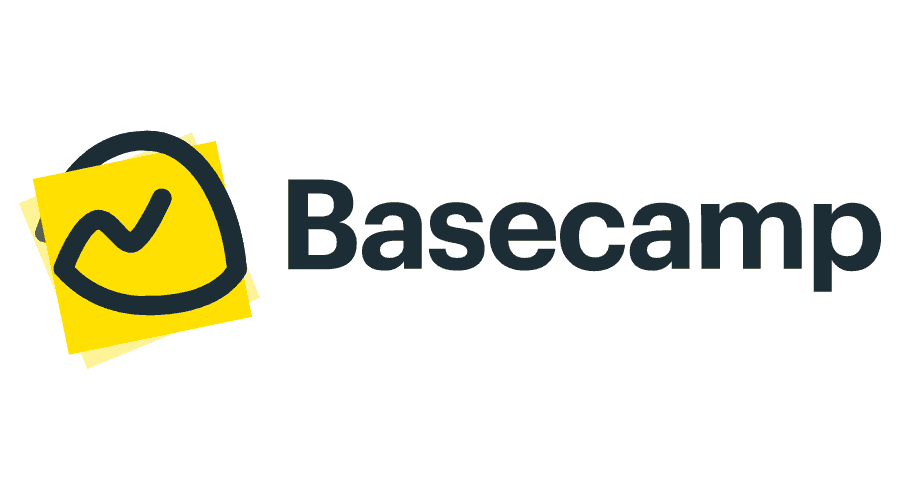Remote collaboration software is a type of technology that allows individuals to work together on a project from different locations. This type of technology may include features for video conferencing, file sharing, real-time editing, task management, and communication through chat or email. It enables users to coordinate efficiently regardless of their geographical location, thereby fostering better teamwork, perfect coordination, and enhanced productivity. The software can be used across various devices and platforms, thereby offering flexibility and convenience for users. Examples include Slack, Microsoft Teams, Google Workspace, and Asana.
The Best Products
Remote Collaboration Software: Our Recommendations
Pick #1: Our Software
ZipDo
ZipDo, a remote collaboration software, revolutionizes team workings by offering innovative solutions for creating, organizing, and sharing meeting notes. Its integrative features and real-time note-taking capabilities make it an essential tool for teams, regardless of their size.
One of the key highlights of ZipDo is its ability to allow instant note compilation during meetings, thus ensuring that all members stay on-track and avoid the traditional hassle of manually passing notes. The provision for post-meeting note edits and additions further enhances data accuracy and relevancy.
Apart from providing a platform for efficient note-taking, ZipDo also excels in note organization. Its intuitive system allows simple categorization of notes into different channels or folders. Furthermore, it is equipped with a search function that empowers quick access to required information, saving you the time-consuming chore of manual searching or scrolling.
ZipDo further stands out in its note sharing feature, which is designed with granular access control to guarantee safe knowledge distribution with coworkers, clients, or partners. Additionally, its integration with various calendars supports automated collaborative note creation during every meeting, thus further reducing manual workload.
In conclusion, ZipDo is a truly user-friendly and comprehensive remote collaboration platform that uplifts team productivity, enhances project management, and invigorates collaboration. With its myriad of powerful features, it not only streamlines meeting documentation but also assures an effective progress of projects.
Pick #2
Microsoft Teams

Microsoft Teams is a proprietary business communication platform developed by Microsoft to help remote teams collaborate effectively. It’s a part of the Microsoft 365 suite of products and can enable employees to chat, meet, call, and collaborate all in one place, no matter where they are. Features include team chats, video meetings, file storage, collaborative editing of documents, and integration with other essential apps or services. The platform is customizable and highly scalable, making it an excellent tool for companies of all sizes to maintain seamless communication and keep track of projects and tasks, hence enhancing productivity in a remote work environment.
Pick #3
Slack
Slack is a powerful remote collaboration tool primarily designed to streamline and enhance communication within teams that are distributed geographically. It organizes conversations into different channels to allow more organization and efficiency in communication. Additionally, it supports integration with a plethora of other services such as Google Drive, Trello, and Dropbox, making it a hub for task management and file sharing. It also includes voice and video conferencing features, essentially operating as a comprehensive digital workspace that effectively fosters collaboration.
Pick #4
Zoom

Zoom is a leading remote collaboration software that facilitates virtual interaction through its organizational, communication, and video conferencing tools. It offers full-featured high-quality video and audio conferencing capabilities, screen sharing, real-time messaging, webinar function, and cross-platform compatibility, empowering teams to collaborate virtually across geographies. Over the past few years, Zoom’s intuitive usability and robust features have made it a go-to platform for businesses, educational institutions, and individuals, thus making collaboration and remote work more efficient and productive.
Pick #5
Asana

Asana is a collaborative software application that assists teams in organizing, tracking, and managing their work. It offers a simple way to manage and coordinate tasks across remote workforces, allowing users to create visual project plans, set goals, deadlines, and responsibilities, and integrate other tools for seamless workflow. With a comprehensive view on progress, communication, files, and tasks all in one place, Asana minimizes the need for meetings and email threads, greatly improving productivity and team collaboration in a remote working environment.
Pick #6
Trello

Trello is a highly versatile, web-based project management and collaboration tool that enables remote teams to organize and prioritize tasks effectively. It leverages the Kanban methodology, allowing users to create “cards” (tasks) and categories (boards) that can be moved, tagged, and updated as tasks progress from inception to completion. Team members can communicate, share files, set deadlines, and assign tasks within these cards, providing a clear, visual overview of workflows and project statuses. Trello’s cloud-based platform and mobile compatibility ensures easy access from any location, making it an ideal tool for remote collaboration.
Pick #7
Google Workspace

Google Workspace, formerly known as G Suite, is a comprehensive suite of cloud-based productivity and collaboration tools developed by Google. Specifically designed for remote collaboration, it incorporates several services like Gmail, Calendar, Meet, Chat, Drive, Docs, Sheets, Slides, Forms, Sites, and more. Google Workspace enables real-time collaboration, unified communication, video conferencing, document sharing, and synchronized editing, making it a powerful digital environment for businesses and individuals to work remotely, thereby promoting efficiency and seamless workflows.
Pick #8
Jira

Jira is a widely used project management and issue tracking software developed by Atlassian. It’s utilized for remote collaboration, primarily by IT teams, to efficiently track, manage, and prioritize tasks, sprints, and bugs in real-time. Its multifunctional interface includes tools for agile planning, custom workflows, detailed reporting, and integration with a multitude of other software development tools, which enables distributed teams to seamlessly coordinate and work on projects despite their geographical locations.
Pick #9
Dropbox

Dropbox is a cloud-based file sharing and storage solution that enables remote collaboration by allowing users to store, sync, and share documents, photos, videos, and other files from anywhere, anytime. It’s a vital tool for businesses and individuals facilitating team collaboration on projects in real-time irrespective of geographical locations. Dropbox supports a range of file formats, permits selective synchronization to save space, offers file versioning, and includes various security features such as two-step verification and encoding to secure data. Furthermore, its integration capabilities with various applications like Microsoft Office, Google Workspace, and Slack enhance its collaborative and productivity features.
Pick #10
Basecamp

Basecamp is a renowned remote collaboration software that allows team members to efficiently communicate, manage projects, and organize tasks in a centralized platform. It offers tools for task delegation, document sharing, scheduling, and discussion boards, enabling seamless collaboration between remote workers. By collecting all project-related information in one place, Basecamp ensures that team members can track project progress, access resources, and interact no matter where they are located. Its intuitive interface and robust functionality make it a viable tool for companies aiming to enhance their remote work setup.
Pick #11
Monday.com

Monday.com is a cloud-based, remote collaboration software designed to help teams manage and streamline their workflows effectively. It allows employees to assign, track, and organize tasks, share files, communicate with each other, and monitor project progress from anywhere. The platform is known for its adaptability, enabling teams to customize the setup based on the unique requirements of different projects. Features such as automatic notifications, deadline reminders, and activity tracking make it a comprehensive tool for team management and coordination, suitable for both small businesses and large corporations. It’s renowned for its intuitive interface that ensures ease of use.
Remote Collaboration Software: Key Features
One of the key features of remote collaboration software is its ability to foster seamless communication among team members, regardless of their geographical locations. These platforms typically offer a variety of communication tools, including instant messaging, video conferencing, and real-time document editing, enabling teams to collaborate as efficiently as if they were in the same room. This ensures that ideas are shared freely and issues are addressed promptly, thereby facilitating a more dynamic and interactive work environment. Additionally, features like screen sharing and virtual whiteboards further enhance the collaborative experience by allowing team members to visually present and discuss their ideas in real time.
Another essential feature of remote collaboration software is its project management capabilities. These systems provide tools for assigning tasks, setting deadlines, and tracking progress, making it easier for teams to stay organized and meet their objectives. Advanced platforms also offer integrations with other productivity tools, automating workflows and ensuring that all necessary information is accessible in one centralized location. Moreover, robust security measures are in place to protect sensitive data and communications, giving teams peace of mind as they collaborate across the digital space. Such comprehensive features are designed to streamline the collaboration process, making remote work more effective and productive.
Buying Criteria
Choosing the right remote collaboration software is a task that hinges on understanding your team’s specific needs and workflows. Before settling on a particular option, assess the functionality and features that are most essential for your team. Key considerations should include the software’s ability to support real-time communication, file sharing, project management, and the integration with other tools your team frequently uses. It’s also vital to evaluate the software’s user interface and ease of use, as a steep learning curve can hinder productivity and adoption across your team.
Moreover, scalability is a critical factor, as the chosen solution should be able to grow alongside your business. Assess the software’s pricing structure to ensure it aligns with your budget and the value it provides. Security features are equally important; the software must have robust measures in place to protect your company’s data and privacy. Finally, taking advantage of free trials or demo versions can offer hands-on insights and help in making an informed decision, ensuring you select a remote collaboration software that enhances efficiency and fosters seamless teamwork.
Benefits
Investing in remote collaboration software makes eminent sense for businesses or teams that are geographically dispersed, contain members working from various locations, or have adopted a hybrid work model. Such software becomes indispensable when the need for real-time communication, project management, and seamless integration of work processes arises. It is particularly beneficial for projects that require constant collaboration, brainstorming, and feedback loops. For industries where teamwork across different time zones is frequent, this investment not only boosts productivity but also ensures that all team members are on the same page, regardless of their physical locations.
Conversely, it may not make sense to invest in remote collaboration software for small teams or businesses where most of the work is conducted in-house and face-to-face interaction is sufficient for completing tasks effectively. Additionally, for organizations working on a tight budget, the costs associated with such software might not justify the marginally incremental benefits over traditional modes of communication like email or telephonic conversations. In scenarios where the nature of work does not demand extensive collaboration, or in highly regulated industries where security concerns outweigh the benefits of remote collaboration tools, opting out of such an investment would be prudent.
Popular Questions
What is remote collaboration software?What are some examples of remote collaboration software?Are remote collaboration tools secure?Can remote collaboration software be integrated with other business tools?How can remote collaboration software improve productivity?
Remote collaboration software, also known as teamwork software or project management software, is a platform designed to help teams work together from disparate locations. It aids in communication, file sharing, task allocation, time tracking, and many other areas that facilitate collaborative work.
Some of the most common examples of remote collaboration software include Slack, Microsoft Teams, Zoom, Asana, Trello, and Google Workspace. These platforms offer a range of tools that allow teams to work seamlessly across varied locations.
Most reputable remote collaboration software prioritize security. They offer features like end-to-end encryption, two-factor authentication, and secure file transfers. However, it’s crucial for the end users to use strong, unique passwords and keep their systems up-to-date for maintaining overall security.
Yes, many collaboration software solutions can be integrated with a variety of other business tools. For instance, you can integrate project management software with your CRM or your email platform. This makes it easier to centralize workflow and increases efficiency.
Remote collaboration software improves productivity by streamlining communication, improving document and information sharing, and facilitating project management. It also aids in tracking progress and deadlines, and offers a central platform for all team members to stay updated. As a result, it provides structure to work, eliminates time wasted on searching for information, and expedites decision-making.


